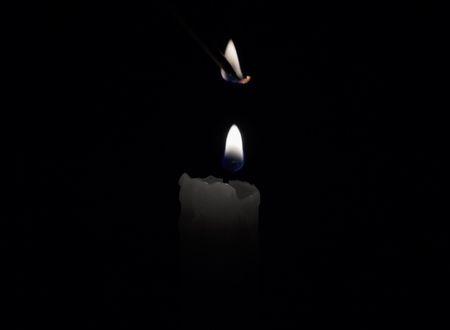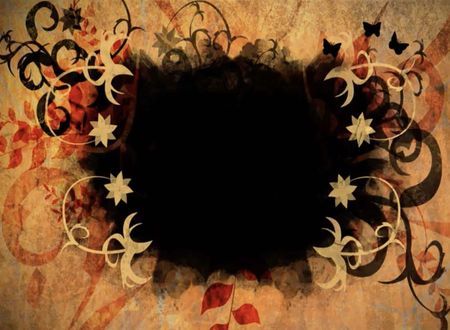Originally posted as an answer to this question.
In Nav Durga sadhana of April 2022, Swamiji during one yajna expounded on the 9 names of the Goddess we worship during 9 days of the Navaratras. It was indeed a beautiful revelation to understand the importance of those 9 forms and their significance in our life. Additionally, I felt it made easy to remember those 9 names which were earlier appeared just 9 different names.
Caution: as per my memory, I’m trying to retell the knowledge shared by Swamiji. It’s likely possible I may add things that weren’t said by Swamiji but my mind understood or interprets that way.
Swamiji says that these 9 names of Devi indicates the evolution of a human being starting from birth.
1. Śailaputri: means daughter of rock, as Mother Divine was born to himwant – king of the himalayas. This indicates birth and childhood of a human being.
2. Brahmacharini: Refers to the teenage; before marriage –when Mother Divine did tapa to win Lord Shiva as her husband. It indicates student life of a being.
3. Chandraghanta: Refers to the time when Devi married Lord Shiva. Indicates similarly to a human marriage and immediate life thereafter.
4. Kushmanda: Refers to the time when Devi was pregnant. Kushmand is pumpkin vegetable (round like egg) and hence it indicates conceiving/pregnancy.
5. Skandamata: Refers to life after (Kartikeya) was born. Indicates similar time for a human being after she/he becomes a parent.
6. Katyayani: Don’t remember much about it though I guess it refers to the time when one’s children is in teenage. However, Swamiji I think did mention about gopis worshipping Katyayani Devi to get Krishna as their husband.
7. Kalaratri: Indicates the time often termed as dark night of the soul. When a human being is going through trials and tribulations. He/she needs to stick to his principles and practices, it’d pass as there’s always dawn after night.
8. Mahagauri: Refers to the dawn after dark night – the struggling time got over and Devi has arrived in form of light and hope in the sadhak’s life.
9. Siddhidhatri: Refers to the stage a sincere sadhak arrives at after going through the prior stages with grace and faith. In this stage he/she has risen above the mundane problems – he’s got the siddhi (success) and has gone beyond. The Devi here refers to possessing (dharana/dhartri) siddhi (perfection) and not granting (datri). The sadhak has become siddha at this stage.
Worshipping these 9 forms gives sadhak the wisdom to live through the challenges of those 9 stages of human life gracefully and attain goal of life.
Sriman Narayan
I apologize to Mother Divine and Swamiji for the countless mistakes I’ve likely made in above. I’m not worthy to expound/write about Mother Divine –she’s perfect while I’m full of flaws.
Feature Image: from Unsplash (Thanks Abhilash for finding and sharing)









Comments & Discussion
10 COMMENTS
Please login to read members' comments and participate in the discussion.